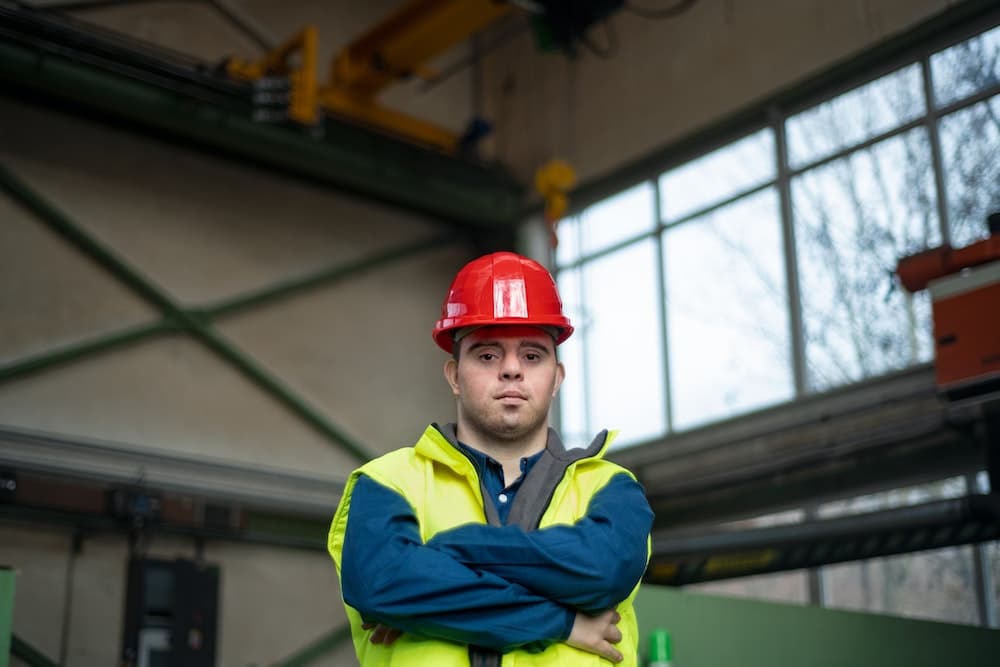What are the best practices for real estate developers in integrating cultural and recreational amenities into community projects?

As real estate developers, you are not just constructing buildings but also shaping the way our cities look and function. You are building communities where people live, work, and play. In this new era of city planning, integrating cultural and recreational amenities into community projects has become central to creating vibrant, engaging, and livable neighborhoods. So, how can you ensure these elements are successfully implemented and provide value to residents and the wider public? Here are some best practices to guide you in this endeavor.
Understanding the Community’s Needs
Before embarking on the project design, it is essential to understand the community’s needs thoroughly. This involves conducting surveys, holding community consultations, and using data analytics to determine what features are most desired and needed by the local folks.
Cela peut vous intéresser : What strategies can be used to revitalize aging real estate assets for modern uses and efficiencies?
Public housing, for instance, might benefit from having a health center within its premises or nearby. Older neighborhoods might need more parks and green spaces where residents can enjoy leisure time outdoors. Areas with younger demographics might value sports facilities, playgrounds, or co-working spaces.
Engaging the community early in the planning process will ensure that the development meets their needs and expectations. It also enables a sense of ownership among residents, fostering a sense of pride and identity within the community.
A découvrir également : How can real estate projects incorporate features to support aging in place for older residents?
Collaborating with Local Agencies and Institutions
Partnerships with local agencies, institutions, and organizations can significantly boost the quality and variety of amenities in community projects. For instance, working with the city’s parks and recreation office might facilitate the incorporation of a public park or sports facilities into the development.
Collaborations with local schools, universities, or cultural institutions can likewise enrich the development with educational and cultural amenities. These might include public libraries, art galleries, music halls, or even small museums that reflect the local history and culture. Such features will not just benefit the residents but also contribute to the city’s cultural landscape.
Incorporating Sustainable and Inclusive Design
The best community projects are those that are sustainable and inclusive. The design should consider environmental factors, such as energy efficiency, waste management, and green spaces. These elements contribute to the community’s overall health and well-being, as well as reducing the project’s environmental footprint.
Inclusivity should also be a key consideration. Facilities and amenities should be accessible to all residents, regardless of their age, mobility, or socio-economic status. Universal design principles can help ensure that all community members can enjoy and benefit from these shared spaces and features.
Prioritizing Aesthetic and Cultural Value
While practical considerations are crucial, the aesthetic and cultural value of community projects should not be overlooked. The design should reflect the unique character and heritage of the local neighborhood, creating a sense of place and identity.
Public art installations, local landmarks, and architectural features that pay homage to the area’s history can be integrated into the project. These elements can significantly enhance the visual appeal of the development, making it more inviting and engaging for residents and visitors alike.
Over the years, we have seen numerous examples of community projects that have successfully integrated cultural and recreational amenities. These projects have not only improved the quality of life for residents but also revitalized neighborhoods, sparking economic development and community growth.
Keeping the Future in Mind
Lastly, when planning and designing these community projects, always keep the future in mind. Remember, communities are dynamic. They evolve over time as new residents move in, families grow, and the needs and preferences of the population change.
Therefore, it’s crucial to build flexibility into the design, allowing for future adjustments or expansions. Amenities should be designed in a way that they can be easily modified or upgraded over time to meet changing needs. This forward-thinking approach will ensure that the community project remains relevant and valuable for many years to come.
By understanding the community’s needs, collaborating with local partners, incorporating sustainable and inclusive design, prioritizing aesthetic and cultural value, and keeping the future in mind, real estate developers can integrate cultural and recreational amenities into community projects effectively. It’s a challenging task, no doubt, but one that can ultimately lead to more livable, vibrant, and thriving communities.
Involvement of Public Authorities in the Planning Process
In the endeavor to develop community-focused projects, local government authorities play a pivotal role. Engagement with city council, regional planning offices, and public health departments at the early stages of the project can prove beneficial. Such interactions help to align the project with the master plan of the city, ensuring it contributes to smart growth and sustainable development.
Moreover, the involvement of public authorities can assist in incorporating necessary amenities like affordable housing, multi-family dwellings, and office community spaces. These authorities are well-versed with the public’s needs and can provide valuable insights into relevant features that should be integrated. For instance, if the housing market demands low-income units, a collaboration with housing authorities can make the project more inclusive and diverse.
Furthermore, public health departments can offer guidance on creating spaces that promote physical activity, contributing to the overall health of community members. Incorporating features such as pedestrian-friendly pathways, bicycle lanes, and fitness facilities can encourage residents to lead a more active lifestyle.
Lastly, engagement with the authorities can also lead to fruitful partnerships, resulting in the formation of a working group that ensures the project aligns with the city’s vision and caters to the needs of its residents.
The Impact of Recreational and Cultural Amenities on Economic Development
Integrating cultural and recreational amenities into community projects not only enhances the quality of life but also stimulates economic development. A community with diverse amenities attracts a wider range of residents, boosting the local economy.
For instance, the inclusion of mixed-use development, where commercial spaces coexist with residential units, can lead to job creation and stimulate local businesses. Public art installations, museums, and cultural centers can attract tourists, further contributing to economic growth.
Moreover, green spaces and recreational facilities can increase property values in the neighborhood. Parks, playgrounds, and sports facilities make the area more desirable to potential homebuyers, thus enhancing the real estate market.
In the long term, these community-based projects, with a focus on cultural and recreational amenities, contribute to a healthier, more active population. They promote a sense of belonging among community members, fostering a vibrant community spirit. These factors combine to create a more attractive environment for investment, leading to sustained economic development.
Conclusion
In conclusion, the role of real estate developers extends beyond just constructing buildings. They have the potential to shape communities, influence city landscapes, and significantly contribute to the quality of life of residents. By integrating cultural and recreational amenities into community projects, developers can create vibrant, engaging, and livable neighborhoods.
Adherence to the practices of understanding the community’s needs, collaborating with local agencies and institutions, incorporating sustainable and inclusive design, prioritizing aesthetic and cultural value, keeping the future in mind and involving public authorities in the planning process can lead to successful community projects. These projects not only satisfy residents’ needs but also stimulate economic growth, making them a valuable asset for the wider public.
It’s a challenging endeavor, undoubtedly, but with a thoughtful approach and committed partnerships, it’s possible to create community projects that are beneficial in the long term. The ultimate goal is to create communities that are not just places to live, but places where people can thrive.
